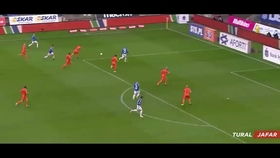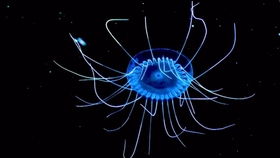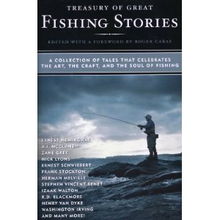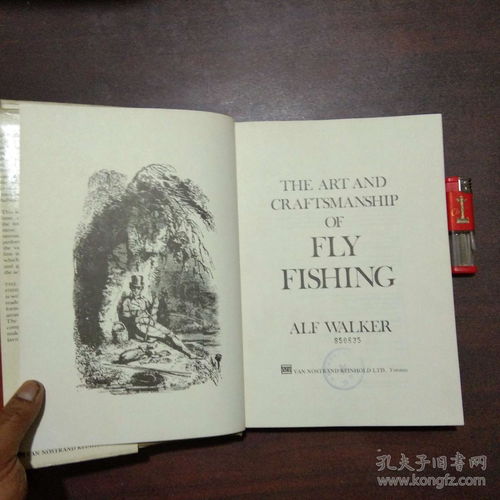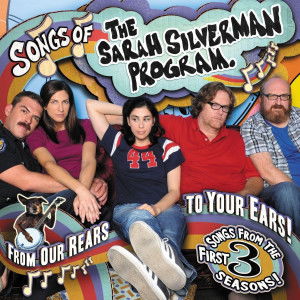As seasoned anglers, we've all had our fair share of experiences on the water, but there's always room to improve our techniques. One of the most sought-after fish in freshwater fishing is the common carp, known for its resilience and fighting spirit. In this article, we delve into the art of catching carp, offering expert tips and tricks for both beginners and seasoned anglers looking to hone their skills. Here's how to master the technique of catching carp like a pro.
Understanding Carp Behavior
Before we dive into the nitty-gritty of fishing techniques, it's crucial to understand the behavior of carp. Carp are bottom feeders, which means they spend most of their time near the bottom of the water. They are also highly sensitive to changes in water conditions, such as temperature and pollution, which can affect their feeding patterns.
Choosing the Right Equipment
Rod and Reel: For carp fishing, a medium-heavy to heavy-duty rod is recommended. A good range would be 10-12 feet in length, with a fast-action tip for better sensitivity. A quality reel with a smooth drag system is also essential to handle the fight that carp can put up.
Line: Use a mainline of 15-20lb monofilament or fluorocarbon for its strength and ability to sink quickly. Leader material should be slightly lighter than the mainline, typically around 10-15lb.
Hook: A size 4 to 6 carp hook is ideal. Choose a strong, sharp hook that will hold up against the carp's powerful bite.
Bait: Carp are omnivorous, feeding on a variety of foods, including grains, seeds, and insects. Common baits include boilies, pellets, and corn. Experiment with different baits to see which works best in your local water.
Techniques for Success
Location, Location, Location: Carp are known for their ability to move between different areas in search of food. Identify areas with strong carp populations, such as shallow banks, reeds, or areas with weed beds.
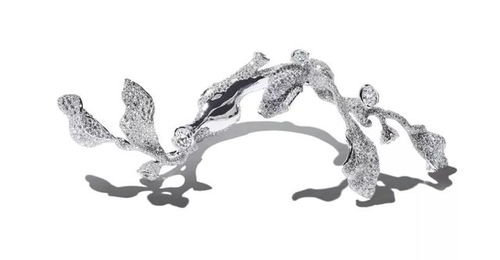
Patience is Key: Carp are slow feeders, so patience is crucial. It can take hours before you get a bite, so be prepared to sit back and wait.
Tackle Presentation: The way you present your bait is just as important as the bait itself. Ensure your rig is set up correctly, with the bait at the correct depth. For example, a bottom bait rig should have a lead weight that keeps the bait on the bottom.
Using Boilies: Boilies are a popular choice for carp fishing due to their high attraction and durability. When using boilies, it's important to keep the following in mind:
- Size: Choose the right size of boilies for the carp you're targeting. Larger baits are better for larger fish.
- Quantity: Don't overfeed the water. Too many boilies can lead to pollution and spook the fish.
- Conditioning: Condition your boilies in a bag with water to make them more attractive to the carp.
Using Pellets: Pellets are another excellent option for carp fishing. They come in various sizes and flavors, and can be used in a variety of ways:
- Free Spooling: Let your rig sit on the bottom with the bait slowly sinking. This is a great way to catch inactive carp.
- Sticky Rig: Attach a small amount of bait to your hook using a little saliva or a gel to keep it on the hook.
Corn Rig: Corn is a classic bait for carp fishing. Here's how to set up a corn rig:
- Attach a small swivel to your mainline.
- Run a small amount of monofilament through the corn to keep it on the hook.
- Attach a lead weight to the end of the monofilament.
Fishing at Night: Carp are often more active at night, so consider fishing at night for better results. Just be sure to have a reliable light source and wear appropriate clothing to stay warm.
Final Thoughts
Carp fishing is a challenging but rewarding pursuit that requires patience, skill, and a deep understanding of the fish you're targeting. By following these expert tips and tricks, you'll be well on your way to mastering the art of catching carp. Remember, practice makes perfect, so don't get discouraged if you don't catch a fish on your first few trips. Keep experimenting with different techniques and baits, and soon you'll be reeling in the big ones like a pro. Happy fishing!
